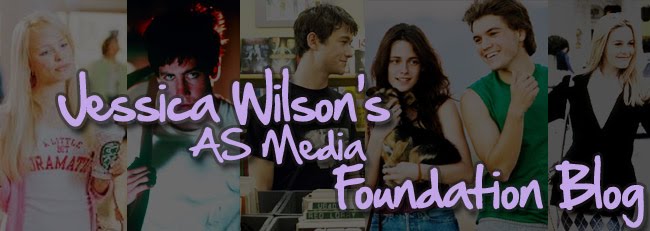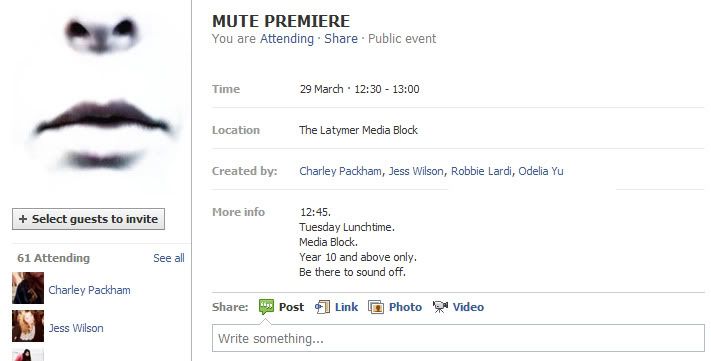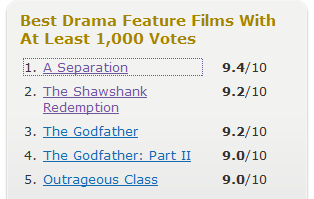5. How did you attract/address your audience?
 |
| Racial Diversity |
- The seemingly normal setting and characters allow the viewers to suspend their disbelief, as it feels normal to them, except for of course the one big difference: no-one can speak.
- The music we chose is loud Drum & Bass, a genre popular with young people at the moment, making the film seem modern and exciting.
- Action is one of the most popular movie genres so already the film has a wider appeal than if it was, for example, Horror or Comedy.
 |
| The most popular movie genres based on weekend gross in 2009 |
- As an entirely speechless film would be dull, we would use voiceovers to reflect the silent characters’ thoughts and to allow the viewers to understand and really relate to Ava, otherwise the audience would find it hard to know what she was going through and wouldn’t feel close to her.
- The main characters would all be young and attractive to appeal to both boys and girls, and hopefully we would be able to cast a more well-known actor in one of the adult supporting roles to give it a bit more credibility and attract their fan base too.
- As mentioned in question four, the plotline and hard-hitting themes of the film itself would appeal only to people who enjoy films that make them think and don’t necessarily cheer them up, and the film is not created to please those who enjoy happy, idyllic endings.
- Although the cast and a lot of the sets are British, hopefully the idea of a loss of speech and culture as a tragedy will translate well worldwide.
- The love story and fast-paced chase scenes should also help its international appeal, along with the young up-and-coming cast.
- Information - 'finding out about relevant events and conditions in immediate surroundings, society and the world'. The use of technology is extremely relevant in our current society and our film could make viewers rethink how they communicate with others.
- Personal Identity - 'finding reinforcement for personal values'. Viewers may be able to relate to the rebellious teenager characters and see their own personal values in them.
- Integration and Social Interaction - 'finding a basis for conversation and social interaction'. Hopefully our film would generate word-of-mouth hype and give everyone something to talk about, especially as the concept is quite controversial. It may also encourage viewers to interact more with their friends after watching it, as the dystopian setting of the film arose due to the lack of face-to-face communication so it might worry people and make them want to talk more.
- Entertainment - 'escaping, or being diverted, from problems'. Watching Mute would provide escapism and immersion of the viewer into this dystopian world. The problems of Ava and the other characters may make the audience forget about their problems for a few hours.
To attract target audience members to our preview screening we created a Facebook Event and invited everyone aged 15 or older from our school.
We deliberately put little information on the page, including only vital details like time and location, for enigma and to make our audience come to our screening to see what it was all about.














